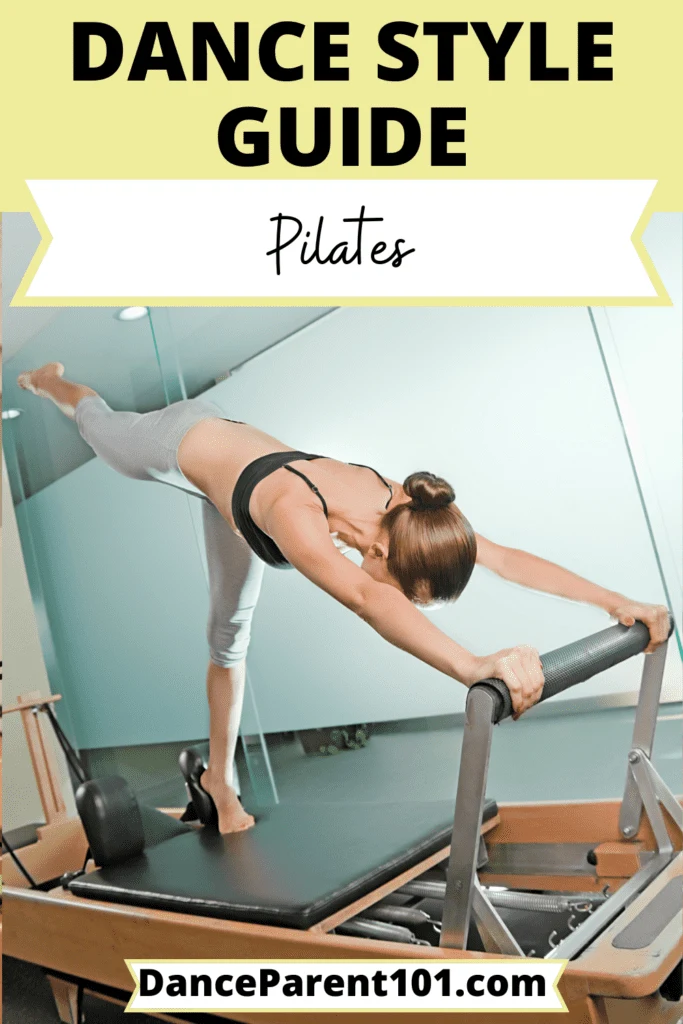By Danielle Pierce-Master, MA Dance / Edited by Samantha Bellerose, B.Ed, Dip.Dance (Performing Arts)
Pilates is an excellent form of cross-training for dancers. What we currently refer to as “Pilates” refers to the system of Contrology developed by Joseph Pilates in the 1940s.

A sickly child, Pilates rehabilitated himself using springs attached to beds. Those evolved into what we know as Pilates apparatus: the Reformer, Cadillac (tower), Wunda Chair, and Barrels all offer participants various types of physical feedback to help them more deeply access their muscles.
While apparatus training sessions (which are usually private or small group) can be cost-prohibitive, Pilates Matwork is portable and requires only one’s body and a mat. The matwork can be modified with a variety of small props (flex bands, balls, hand weights, etc.) to keep it novel, as it never gets any easier, even with lots of practice.
There are six principles that guide the movement in Pilates: Breathing, Concentration, Centering, Control, Precision, and Flow. One can perform the same sequence of exercises differently when focusing on a different one of those principles.
Pilates works to use deep muscles in order to stabilize one part of the body while mobilizing another, avoiding excess work in the more superficial muscles and leading to greater strength and efficiency. Focusing on the core in Pilates can translate to healthier movement in dance classes.
This page is just one of hundreds of definitions of the many styles and genres of dance. This library is being continually added to by the writers and contributors of Dance Parent 101!
